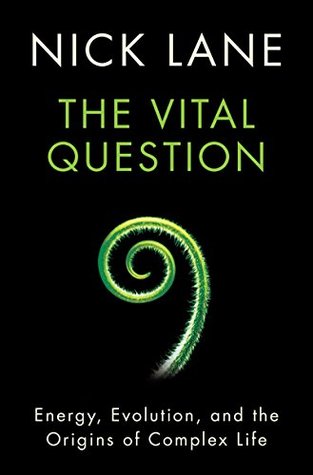More on this book
Community
Kindle Notes & Highlights
by
Nick Lane
Read between
July 11 - November 30, 2019
the acquisition of mitochondria and the origin of complex life was one and the same event.
Erwin Schrödinger’s book What is Life? in 1944. Schrödinger made two key points: first, that life somehow resists the universal tendency to decay, the increase in entropy (disorder) that is stipulated by the second law of thermodynamics; and second, that the trick to life’s local evasion of entropy lies in the genes. He proposed that the genetic material is an ‘aperiodic’ crystal, which does not have a strictly repeating structure, hence could act as a ‘code-script’ – reputedly the first use of the term in the biological literature. Schrödinger himself assumed, along with most biologists at
...more
The earliest large fossils – up to a metre in diameter – are a mysterious group of symmetrical frond-like forms that most palaeontologists interpret as filter-feeding animals, though some insist are merely lichens:
We now know that eukaryotes all share a common ancestor, which by definition arose just once in the 4 billion years of life on earth. Let me reiterate this point, as it is crucial. All plants, animals, algae, fungi and protists share a common ancestor – the eukaryotes are monophyletic.


